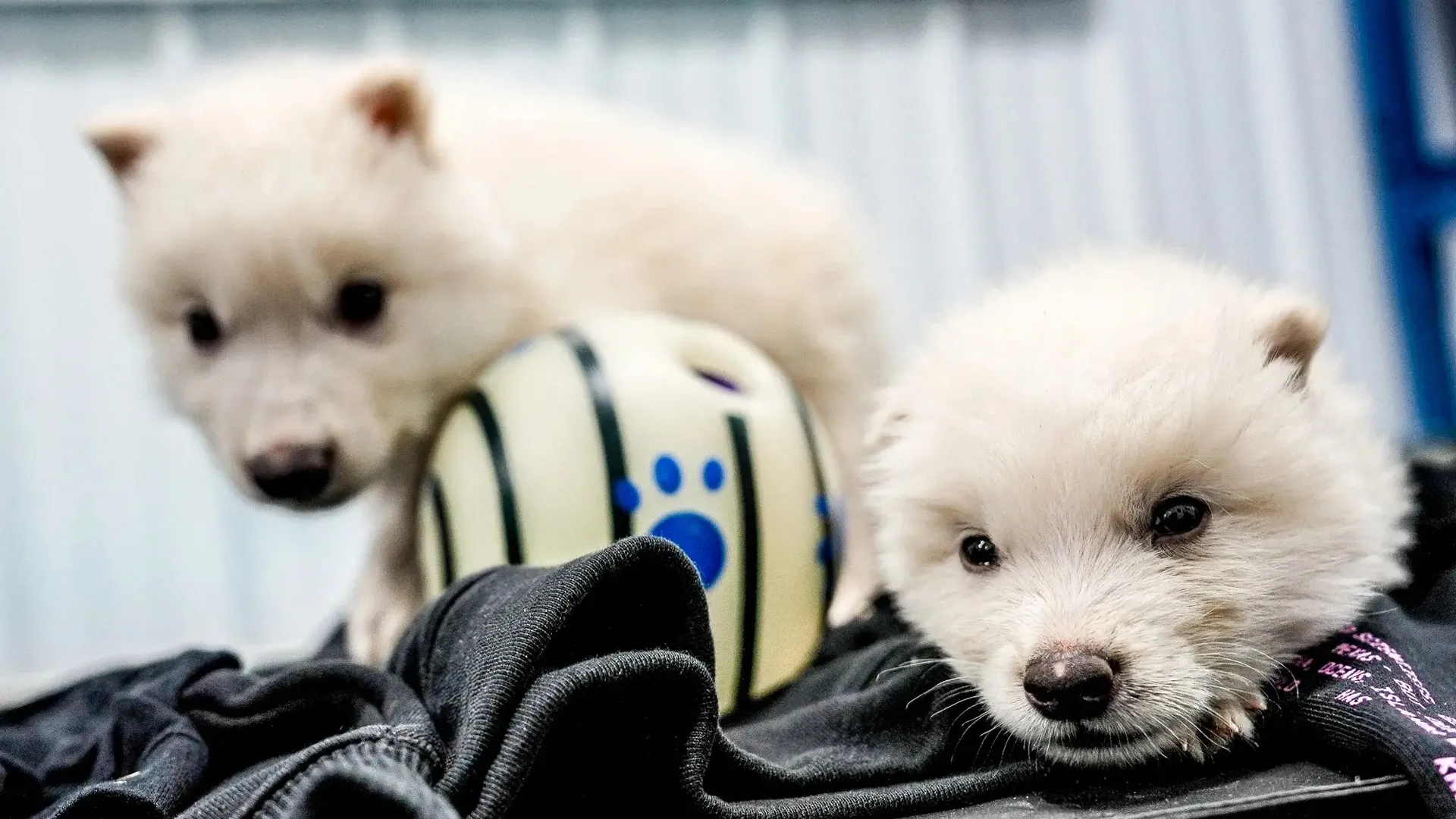In a groundbreaking step for science and conservation, Colossal Biosciences has resurrected the extinct dire wolf (Aenocyon dirus)—the first de-extinction of a species to be a success. With a combination of ancient DNA sequencing, CRISPR gene editing, and cutting-edge cloning techniques, the group has brought back the predator that stalked North America more than 10,000 years ago.
The innovation rediscovers what is possible in synthetic biology and biodiversity recovery. Colossal’s researchers pulled usable genetic material from two extremely well-preserved dire wolf fossils—a 13,000-year-old Ohio tooth and a 72,000-year-old Idaho skull. Those remains provided better DNA quality than previous discoveries from La Brea Tar Pits, where asphalt ruined most of the samples.
SOUND ON. You’re hearing the first howl of a dire wolf in over 10,000 years. Meet Romulus and Remus—the world’s first de-extinct animals, born on October 1, 2024.
The dire wolf has been extinct for over 10,000 years. These two wolves were brought back from extinction using… pic.twitter.com/wY4rdOVFRH
— Colossal Biosciences® (@colossal) April 7, 2025
The researchers mapped the dire wolf genome with extraordinary accuracy, creating 70 times as much data as previous research and having 12.8-fold genome coverage. They found that although dire wolves are identical to gray wolves in 99.5% of their DNA, they split more than 5.7 million years ago.
CRISPR Unlocks Ancient Traits
Scientists applied CRISPR to modify 20 key genetic variants in 14 genes that determined the dire wolf’s distinct features—its size, muscle mass, and white coat. The LCORL gene, which affects the body size of mammals, demonstrated unique mutations accountable for the enormous size of the species.
In order to replicate the famous white coat safely without endangering blindness related to pigmentation genes found in gray wolves, scientists knocked out MC1R and MFSD12 instead.
Cloning Method Yields Live Puppies
Colossal also led the development of a revolutionary cloning technique employing endothelial progenitor cells (EPCs) from gray wolf blood. These cells were gene-edited and injected into denucleated gray wolf eggs. Surrogate domestic dogs carried the resulting embryos to term, giving birth to three healthy dire wolf pups—Romulus, Remus, and Khaleesi.
To preclude domestic dog ancestry and ensure purity, the crew mapped more than two dozen gray wolf genomes. This created a precise genetic foundation for editing.
“just the beginning,” said Colossal CEO Ben Lamm, highlighting the ability of synthetic biology to recover lost biodiversity and aid conservation at a global level.






















